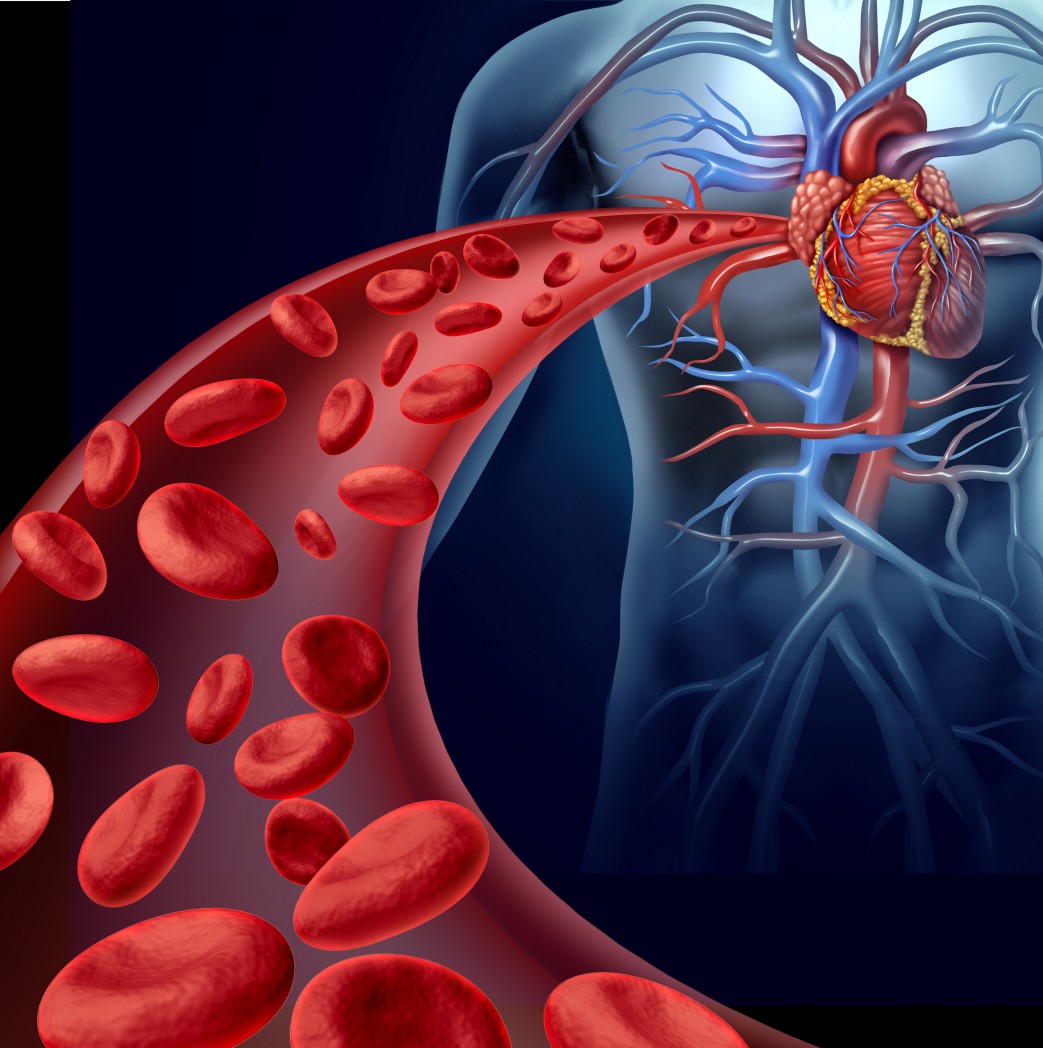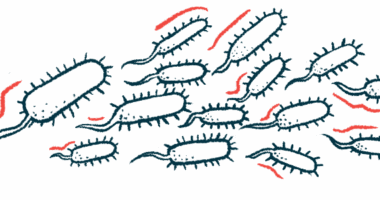CAD Caused Red Blood Cells’ Abnormal Distribution, Report Suggests

A new case report described a man with altered body distribution of red blood cells (RBCs), which could have been caused by cold agglutinin disease (CAD).
The study, “Abnormal Biodistribution of 99mTc Red Blood Cell Labeled Multi-Gated Acquisition Scan in the Presence of Suspected Cold Agglutinin Disease,” appeared in the Journal of Nuclear Medicine Technology.
In CAD, autoantibodies target the membrane of RBCs. As a result of the sequestration of these damaged cells by the spleen, their distribution in the body may be altered, as assessed by a procedure known as multi-gated acquisition (MUGA).
MUGA scans RBCs labeled with technetium (99mTc), a radioisotope (a radioactive form of a chemical element that emits radiation when transforming into a more stable form) commonly used in nuclear medicine imaging.
The team from the Nuclear Medicine Service at Walter Reed National Military Medical Center presented the case of a 53-year-old man who was referred for an annual 99mTc MUGA evaluation. He had a history of diffuse large B-cell lymphoma (DLBCL) and had undergone an autologous stem cell transplant.
He had had six prior MUGA studies from July 2012 to December 2015 with ejection fractions — the amount of blood pumped out of the ventricles with each contraction — ranging from a normal 53% to a low 39%, but no abnormal 99mTc -RBC biodistribution. However, analysis of his most recent MUGA scan was impossible because of poor cardiac blood pool localization.
The investigators noted overwhelming radioisotope activity within the liver and spleen. No pharmacological interaction was identified as a likely cause when assessing the patient’s medications.
Laboratory analysis detected slightly elevated anion gap (19 mmol/L) — an indicator of increased blood acidity — and elevated total bilirubin (1.4 mg/dl) — generated during breakdown of RBCs — as well as decreased platelet count (155 K/UL, normal range between 150,000-450,000), and highly elevated IgG, the most abundant immunoglobulin class in humans, to herpes simplex virus 1 (26.70).
The anion gap is the difference between sodium and potassium (two positively charged ions, or cations), and chloride and bicarbonate potassium — negatively charged ions, or anions — in serum.
A subsequent literature search to find explanations for these findings revealed a single case of a similar RBC distribution pattern in a patient with CAD, whose most recent reports of CAD detection had been made on June 13, 2012. As a result, “we suspect CAD as the likely culprit in this undiagnostic MUGA scan,” the scientists stated.
Noting that MUGA cardiac assessments are common in patients with a history of DLBCL — which may cause CAD — the scientists said that although “there are some well-recognized explanations for altered 99mTc -RBC radiopharmaceutical biodistribution, there are other cases which cannot be as easily explained.”
As such, “presence of CAD should be investigated in these patients whenever an unexpected biodistribution pattern is observed,” they said.





